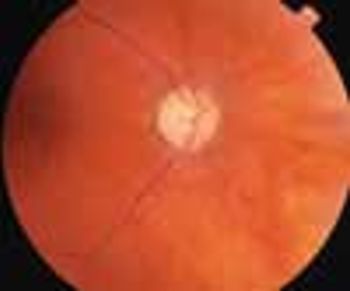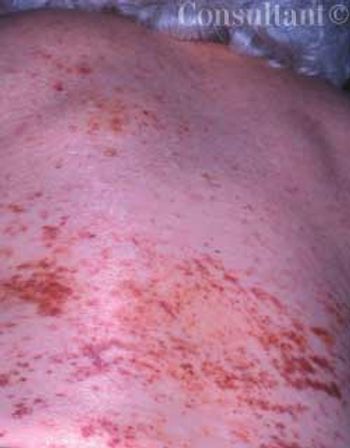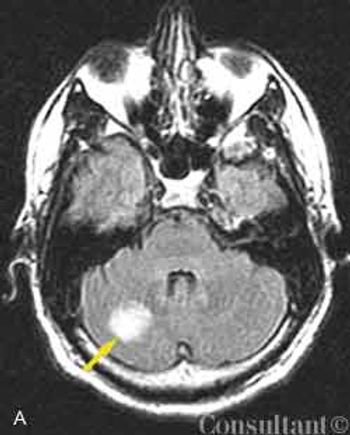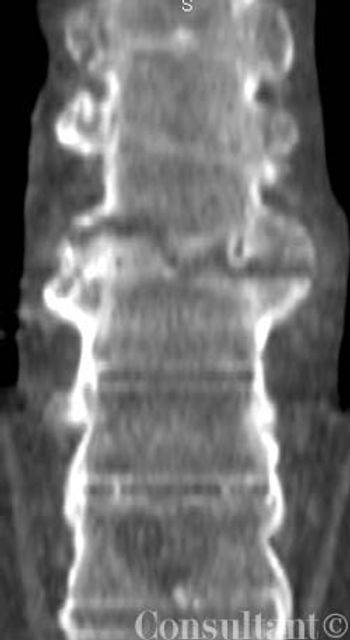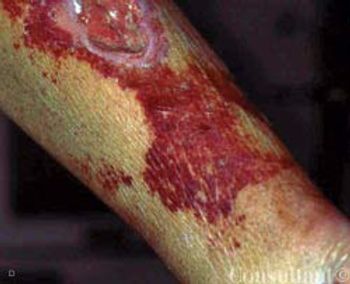
A 52-year-old man complains of nausea, fever, and malaise following a 2-day diarrhealillness that developed at the end of a family vacation in New England.Two family members suffered a similar illness, characterized by watery diarrhea.Symptoms developed in all who were affected within 24 hours of eatinghamburgers at a local restaurant.





























































































































































































































































































































